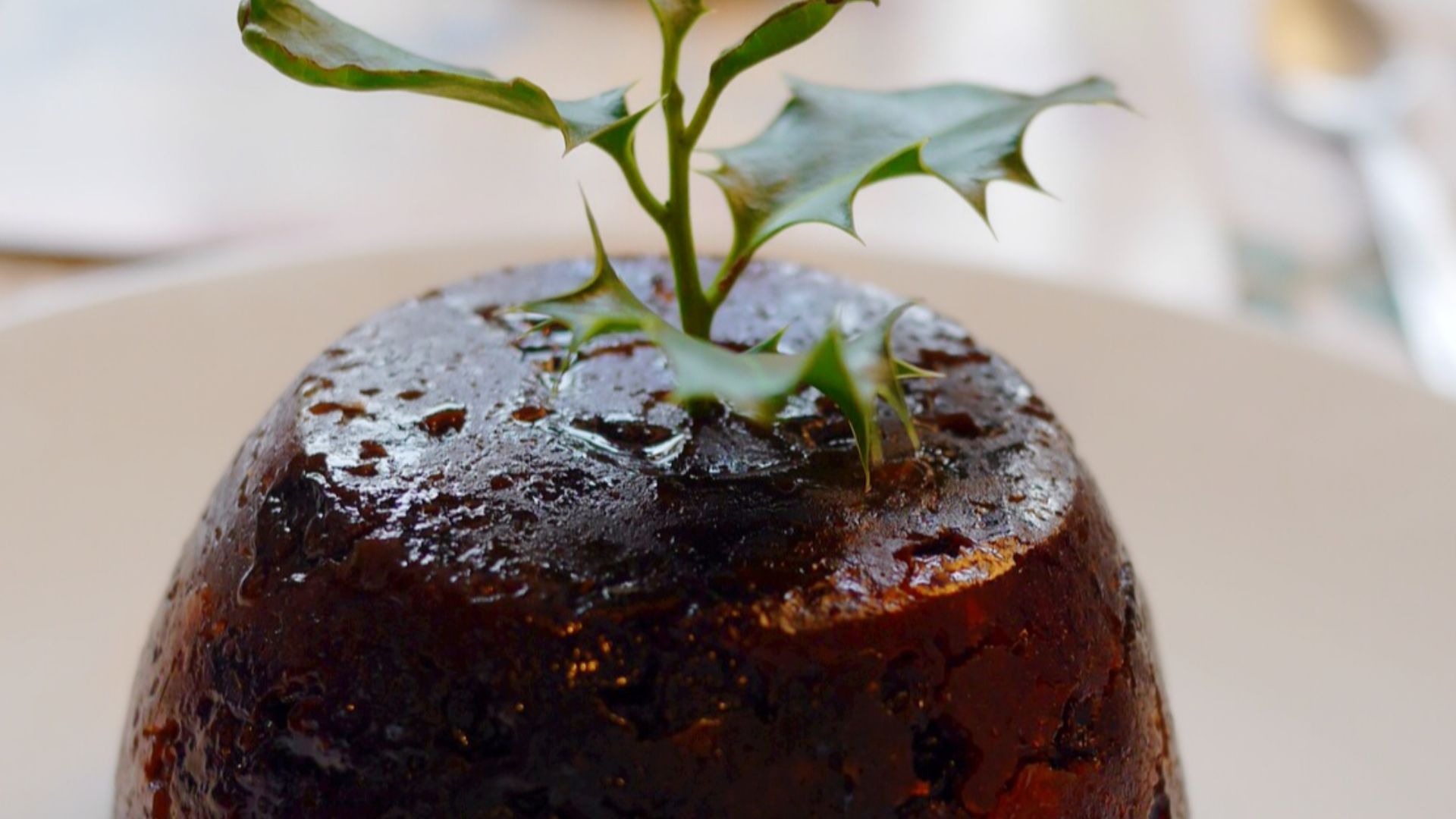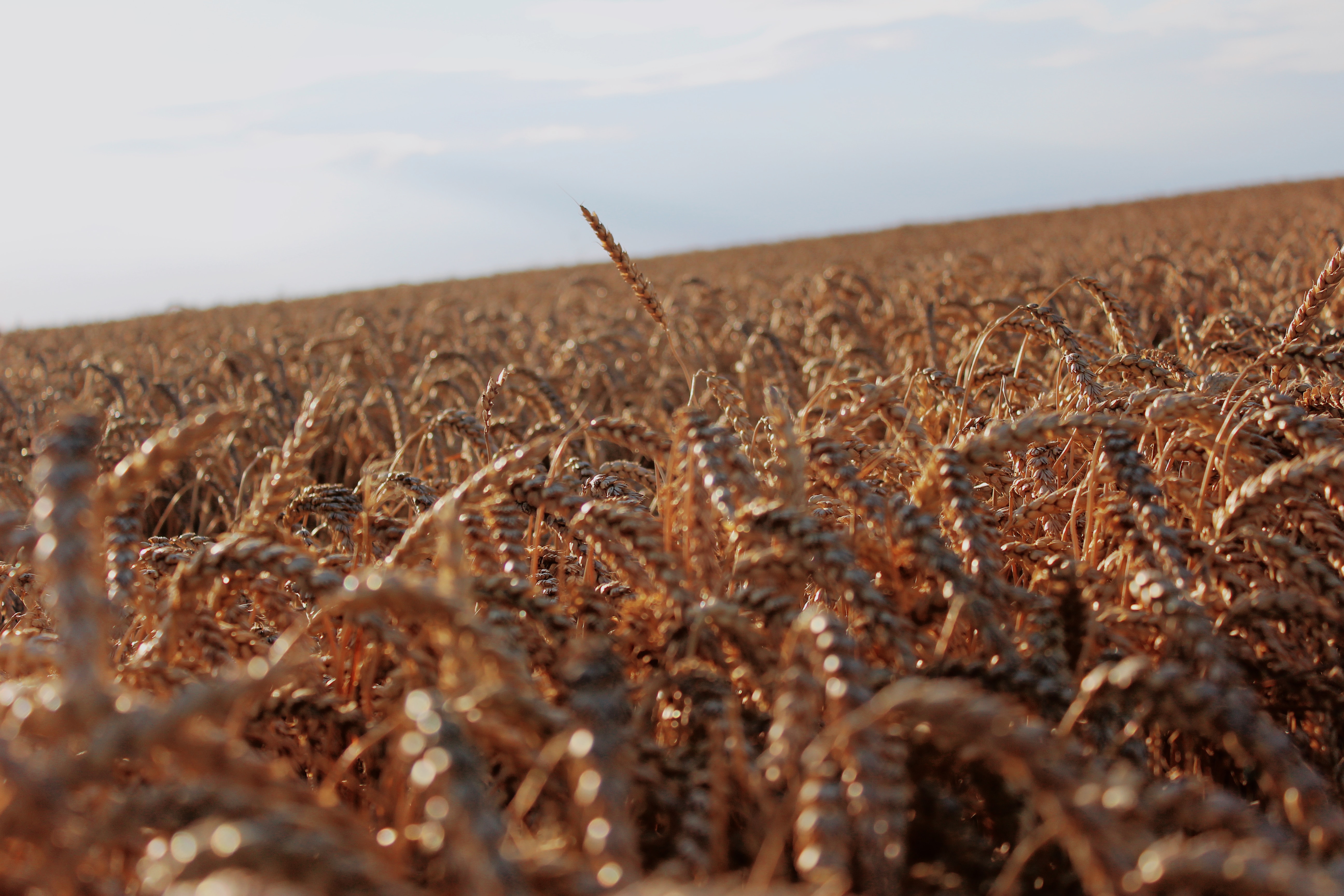Having to make a big dietary change can seem like a daunting task, especially when it’s a necessity rather than a choice. For those of you diagnosed with conditions like celiac disease or non-celiac gluten sensitivity, going on a gluten-friendly diet is an important health decision. But we’re here to tell you you’re not alone in this journey. With the right education, careful planning, and clever strategies, transitioning into a gluten-friendly lifestyle can be both manageable and rewarding. Below, we’re going to share with you three key tips to facilitate your transition, providing you with useful information that will definitely ease any initial worries.
1. Knowledge is Power: Understanding Gluten and Its Sources
The first thing you should do before making any changes is learn and understand what gluten is. After all, proper knowledge is going to be your best friend when managing a gluten-friendly diet. Gluten is a protein composite found in wheat, barley, and rye; it’s critical that you know this because it’ll help you identify foods that might be potential gluten sources moving forward. It’s not always straightforward though, gluten can also be hidden in less obvious products like sauces, processed foods, or even cosmetics.
Start by familiarizing yourself with the ingredients listed on food labels. Manufacturers are legally obliged to declare allergens, which include gluten, on all of their product labels. You want to look for keywords like “wheat”, “barley”, “malt”, “rye”, “brewer’s yeast” and “oats” (unless specified as gluten-free). Don’t be tricked by foods that are labeled “wheat-free” as there still may be other sources of gluten hidden.
Lastly, it’s a good idea to learn about cross-contamination and what you can do to prevent it. Cross-contamination occurs when gluten-free foods come into contact with some sort of gluten during the processing, storage, or preparation stages. For example, if you use the same toaster for regular and gluten-free bread, that can cause cross-contamination. You definitely want to avoid this so maintaining a strict kitchen protocol is essential for anyone following a gluten-friendly diet.
2. Exploring Gluten-Free Alternatives
As more and more people transition to gluten-friendly diets, thankfully, the demand for gluten-free products has led to an increase in the variety and availability of options. Nowadays, you can find gluten-free alternatives for most foods; whether you’re missing bread, pasta, cereals, or pastries, there’s something out there for you.
Still, when shopping for processed gluten-free products, you need to read the labels carefully. Some of these alternatives may have high sugar or fat content to compensate for the change in texture or taste, making them less healthy. Just because you’re gluten-free doesn’t mean you can indulge in all the junk food you want!
And if you didn’t know, whole foods are naturally gluten-free, including fruits, vegetables, meat, poultry, fish, dairy, beans, legumes, nuts, and most grains like rice, quinoa, and corn. By including more of these foods in your meal, it ensures that your diet remains balanced and full of nutrients. So be creative and experiment in your kitchen - learn to adapt recipes by using gluten-free ingredients like almond, coconut, or buckwheat flour. Turning this difficult transition into a fun challenge can help make your gluten-free diet feel less restrictive and much more enjoyable.
3. Embracing the Gluten-Friendly Community and Resources
As we said earlier, you’re not alone in this journey! Navigating a gluten-friendly lifestyle becomes significantly easier when you know you’re not doing it on your own. There are numerous support groups, both online and in person, where individuals can share their experiences, beloved recipes, great tips, and even restaurant recommendations. Additionally, numerous apps can help you manage a gluten-free lifestyle. These range from barcode scanners that tell you whether a product is gluten-free, to apps that provide you with fantastic gluten-free recipes, to even helping you locate gluten-free dining options. There are plenty of resources out there!
Furthermore, books, cookbooks, and online resources can also offer useful information on how to live a healthy, gluten-friendly lifestyle. The knowledge you gain from these platforms can assist you in gaining back control and confidence in managing your diet. Drawing from the experiences of others will certainly provide you with a deeper understanding of what to expect and how to manage the changes.
You see? Transitioning to a gluten-friendly diet isn’t as scary as it may seem. While it does require some initial effort and understanding, it can definitely become second nature to you over time. With these three helpful tips, you’ll soon be on your way to managing your new lifestyle with greater ease and even enjoyment! Besides, a gluten-friendly diet isn’t about eliminating foods, it’s about adopting a new dietary habit that’s beneficial for your health. Learn to embrace the changes and you’ll be happy with your new lifestyle in no time.
KEEP ON READING

What Exactly Is Figgy Pudding? A Christmas Conundrum

Foods That Help Manage Depression

The Dark Economics Behind the "$5 Meal Deal"

How Fast Food Became More American Than Apple Pie






